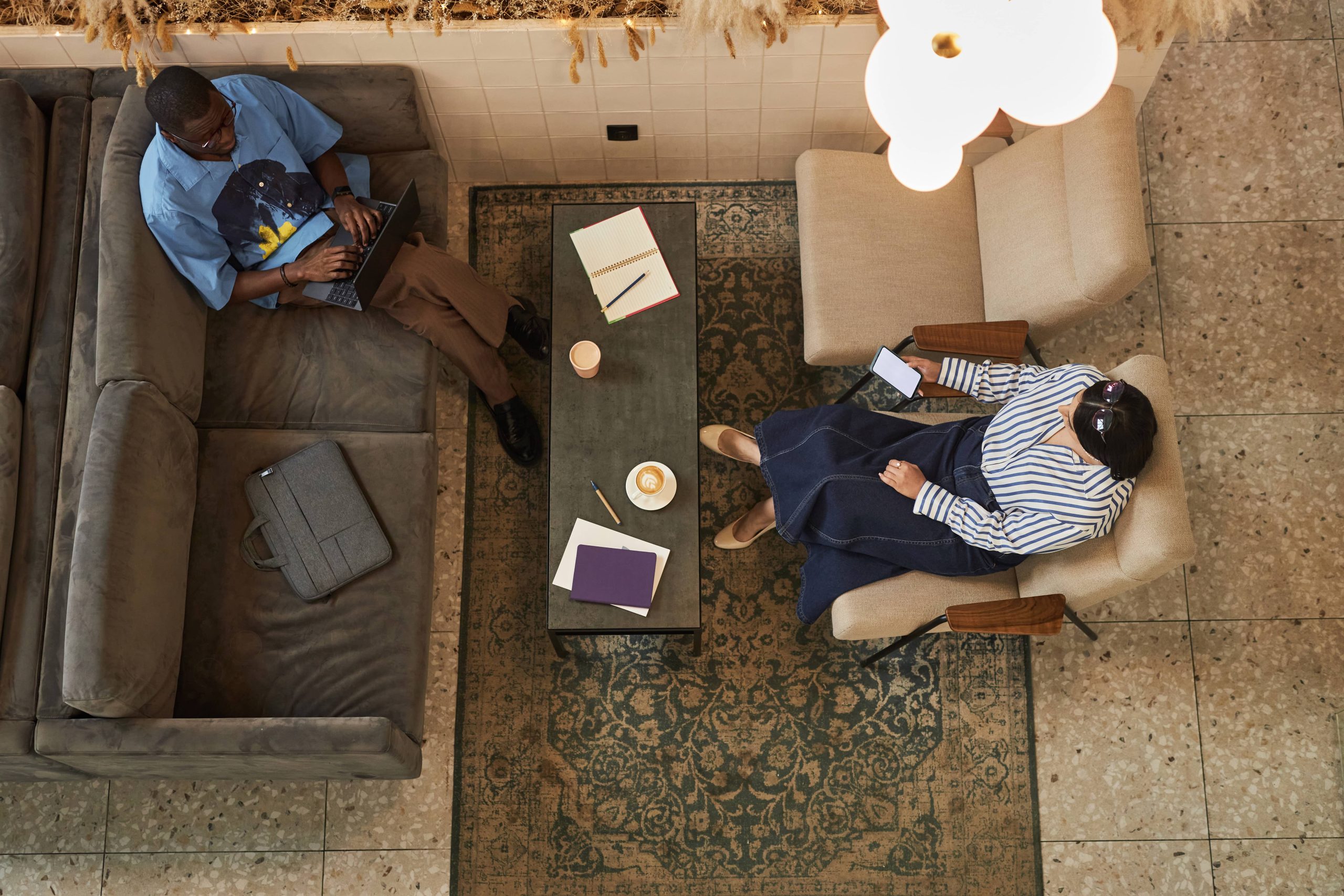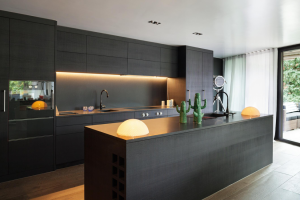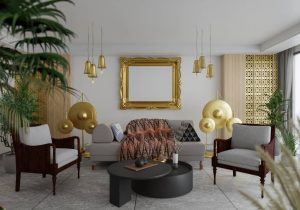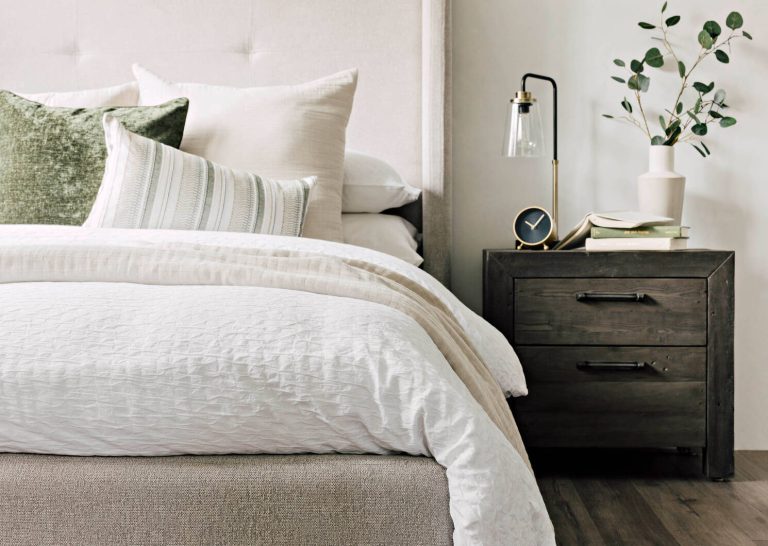
Working from home has transitioned from being a mere trend to a significant facet of modern professional life. As the lines between work and home continue to blur, the importance of creating an efficient yet comfortable home office cannot be overstated. A well-furnished home office can boost productivity, spur creativity, and offer the work-life balance many of us strive to maintain. In this blog post, we’ll delve into the art and science of selecting the appropriate furniture for your home office, ensuring that your workspace is both functional and inspiring.
Understanding Your Needs
Before you begin shopping for furniture, it’s crucial to identify your specific needs. Consider the nature of your work: Do you spend most of your time on the computer, or do you need ample space for physical files and paperwork? Is your workday full of video conferences? Your requirements inform the type and style of furniture you need.
1. Primary Work Surface: If you primarily work on a computer, investing in a sturdy desk with cable management features is essential. For those balancing between digital and physical tasks, a larger L-shaped desk might provide the necessary surface area. Ensure the desk height caters to ergonomic comfort, allowing your arms to rest naturally on the surface.
2. Storage Solutions: From filing cabinets to simple shelving, storage plays a critical role in maintaining an organized workspace. Vertical storage can save space and keep essential documents within arm’s reach. Modular storage solutions are particularly useful, allowing you to add or adjust components as your storage needs evolve.
3. Ergonomic Chair: A reliable office chair supports your posture, helping prevent back and neck pain. Look for chairs with adjustable height, lumbar support, and swivel capability to enhance mobility. Your office chair is arguably the most crucial investment—it’s also the piece of furniture with which you’ll engage most intimately.
4. Technology Needs: Furnish your office with appropriate technology furniture, such as a sturdy desk with cable ports or a monitor stand to adjust the height of your screen. These can collectively enhance your technological interface, reducing clutter and keeping things tidy.
5. Lighting: Effective lighting can make or break the ambiance and functionality of your home office. Consider investing in adjustable LED desk lamps, which provide focused task lighting without adding glare to your screens.
Designing for Comfort and Aesthetics
Once you’ve outlined the functional aspects, it’s time to inject some personality into your home office. While function is fundamental, aesthetics contribute to a pleasant work environment.
1. Color Schemes: Choose hues that work in tandem with your productivity goals. Notice how different colors affect your mood: blue and green tones foster calmness and focus, while warmer tones might inspire creativity. Make sure the colors of your furniture, walls, and accent pieces create a cohesive and motivating environment.
2. Personal Touches: Incorporate elements that reflect your style—whether it’s artwork, plants, or a personal library. These personal touches make your office space more inviting, motivating you to spend time productively.
3. Room Layout: Consider the arrangement of furniture to ensure a balance between open space and utility. Allow for both a dedicated work area and a space where you can take breaks, perhaps with a comfortable armchair or a small couch. Decluttering the space and maintaining a minimalistic design can enhance focus and efficiency.
4. Acoustics: While often overlooked, acoustics play a pivotal role in home office setup, influencing concentration levels. Soft furnishings, like rugs, curtains, or upholstered furniture, can absorb sound, reducing echoes and creating a quieter work environment.
Practical Considerations and Flexibility
Let’s not forget practical aspects such as budget and space constraints, which greatly influence your furniture choices.
1. Budgeting: Allocate your budget wisely, prioritizing quality and durability for essential items like your desk and chair. This doesn’t mean compromising style; with a little research, you can find budget-friendly pieces that embody your desired aesthetic.
2. Space Efficiency: Small spaces require smart solutions. Multi-functional furniture, such as desks with integrated storage or foldable units, can maximize utility without overwhelming the room. Wall-mounted shelves can free up floor space, enabling a more flexible workspace configuration.
3. Adaptability: Future-proof your home office by selecting furniture that’s adaptable. This involves anticipating changes, such as equipment upgrades or role shifts, and selecting items that can accommodate growth or shifts in work style without requiring a complete overhaul.
Conclusion
Designing a home office that caters to both aesthetic desires and functional needs is an ongoing process, one that evolves as your work style and demands change. By thoughtfully selecting appropriate furniture, you can create a personalized workspace that enhances productivity while reflecting your style. As you embark on this journey to craft your ideal home office, remember that the right furniture not only supports your professional endeavors but also enriches your daily work experience. Happy decorating!













